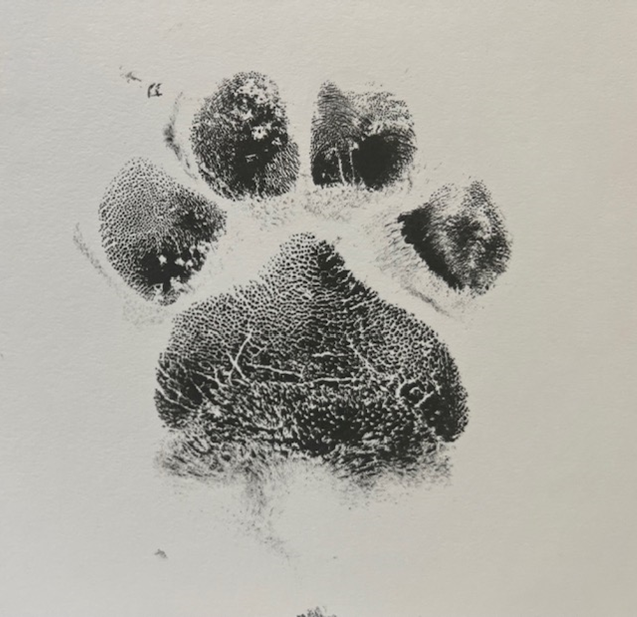End of Life Care
Knowledgebase
Euthanasia is a difficult choice for every pet owner. We are here to support you through this period to help guide you and support you in your decision.
We wish our pets would live forever, but we know that they do not. In most cases the decision to euthanize a loved pet is made to end or prevent suffering at the end of life. Euthanasia is a kindness that we can offer our pets that is often not afforded to our human loved ones.
We know the decision is difficult and the loss of a beloved pet is heartbreaking. We pride ourselves on providing compassionate and caring end of life services.
From our dedicated euthanasia “lounge-room” to allow for a longer and private goodbye when requested. We use relaxant and sedative medications to ensure that your pet is calm and relaxed during the entire process.
We welcome family members to be present to help support you alongside our team.
The euthanasia process is tailored to each individual family and pet. Some families do not want to be present, others want to stay until the end.
The separate euthanasia space means you can take the time that you need before and after the euthanasia.
We use the services of Eden Hills Cremation to take care of your beloved pet’s body. With communal or private cremation available.
Individual urns, wooden boxes or jewelry can all be chosen to store the ash of your beloved pet.
If you or your family members need further support following the loss of your pet, we are again available to advise and guide you to help you in your grief recovery.
Our aim is to provide a relaxed and dignified end for your beloved pet, whilst ensuring your emotional wellbeing is supported.
If you would like to discuss end of life care with one of our compassionate team members, please give us a call.
